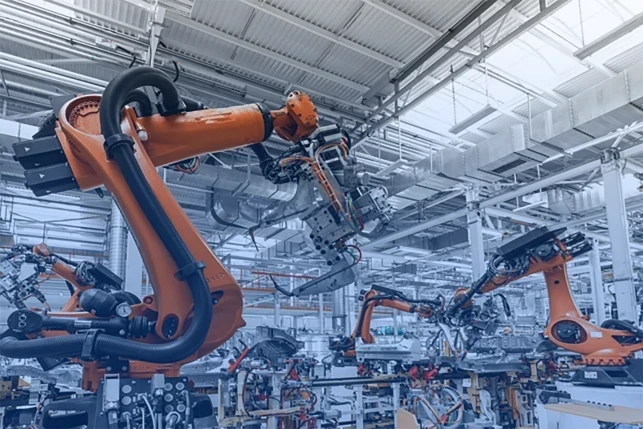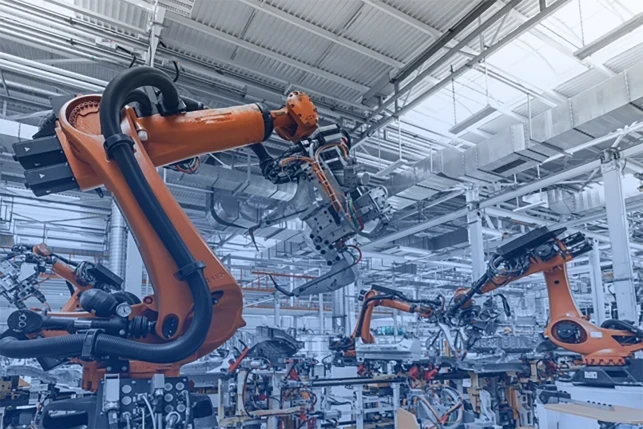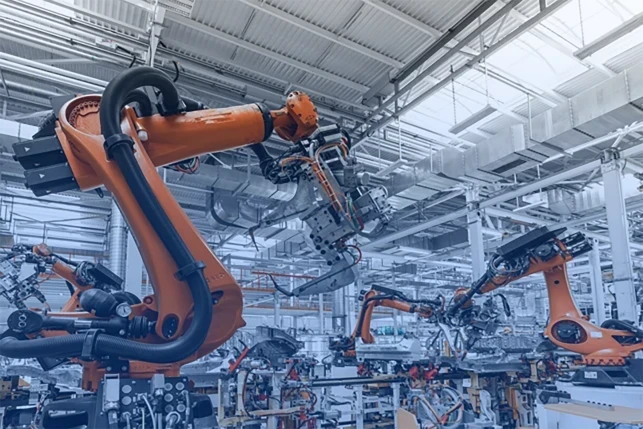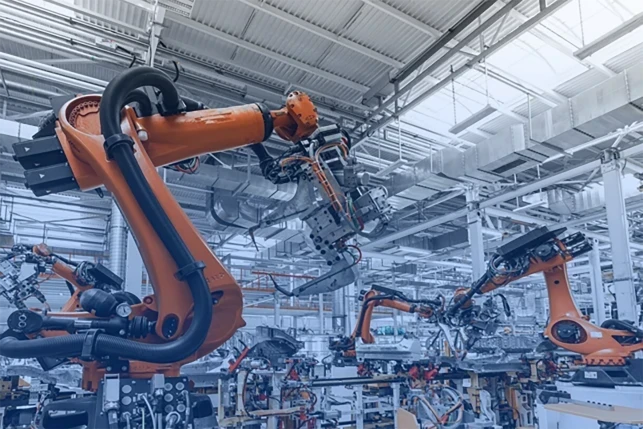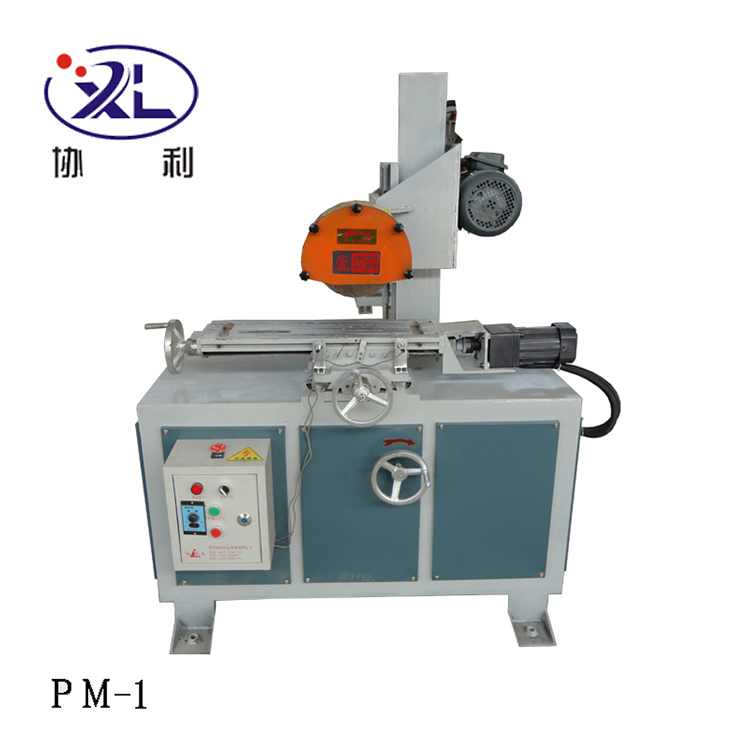

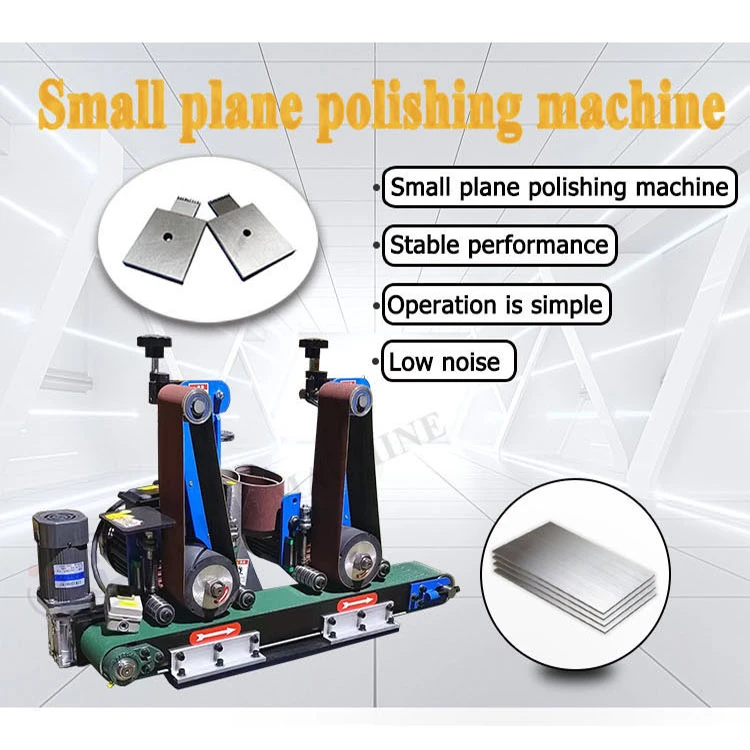
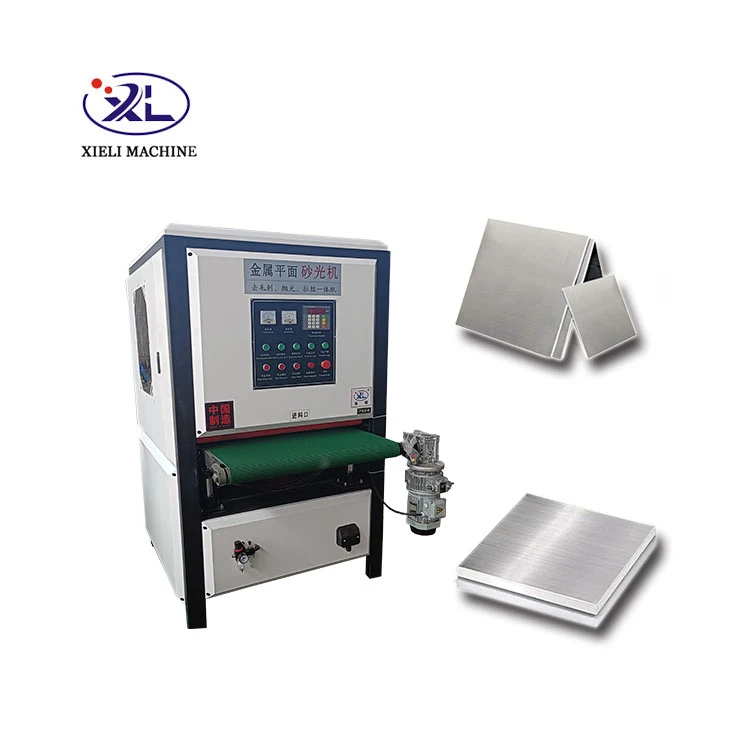
What Is A Floor Polishing Machine Used For?
A floor polishing machine is used to clean, polish, and maintain the appearance of various types of flooring surfaces. It is commonly employed in commercial, industrial, and residential settings to enhance the shine and smoothness of floors such as marble, granite, concrete, terrazzo, and hardwood. The machine works by using rotating pads or brushes combined with polishing compounds to remove dirt, stains, scratches, and minor imperfections from the floor surface.
Floor polishing machines help restore the floor’s original luster, making it look clean and well-maintained. They are especially useful in high-traffic areas like shopping malls, airports, hospitals, and office buildings where maintaining an attractive and safe floor surface is essential. Some machines also have scrubbing and buffing functions, allowing them to clean and polish simultaneously.
Using a floor polishing machine improves floor durability by reducing wear and tear, and it can also help prevent slipping by creating a smooth, even surface. These machines vary in size and power, from small, handheld models suitable for tight spaces to large, ride-on machines designed for extensive floor areas.
In summary, a floor polishing machine is an essential tool for efficient floor care, helping to maintain cleanliness, enhance appearance, and prolong the life of flooring surfaces.
What is the difference between hand polish and machine polish?
The difference between hand polish and machine polish lies in their method, efficiency, and finish quality.
Hand polishing involves manually applying polishing compounds and rubbing them onto the surface using cloths or pads. It requires physical effort and skill, making it suitable for small, delicate, or hard-to-reach areas. Hand polishing offers greater control but is time-consuming and less consistent, especially on large surfaces. The final finish depends heavily on the person’s technique and patience.
Machine polishing, by contrast, uses powered tools like rotary or dual action polishers that spin polishing pads to polish surfaces more quickly and evenly. Machine polishers provide consistent pressure and speed, leading to faster work and more uniform results. They can effectively remove scratches, oxidation, and swirl marks, making them ideal for large surfaces such as car bodies or metal panels. However, machine polishing requires experience to avoid damaging the surface, such as overheating or uneven polishing.
In summary, hand polishing is slower and labor-intensive but better for small, delicate jobs. Machine polishing is faster and produces more consistent, professional results, especially on larger areas. Both methods have their uses, but machine polishing is preferred for efficiency and superior finish in most professional settings.

